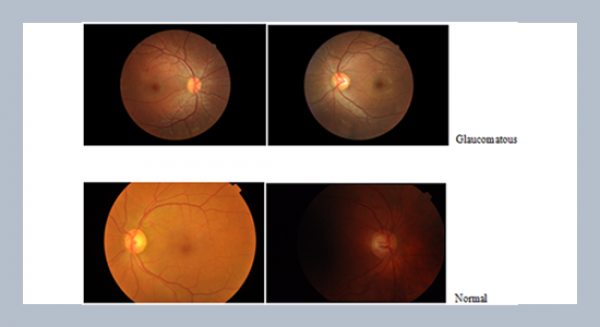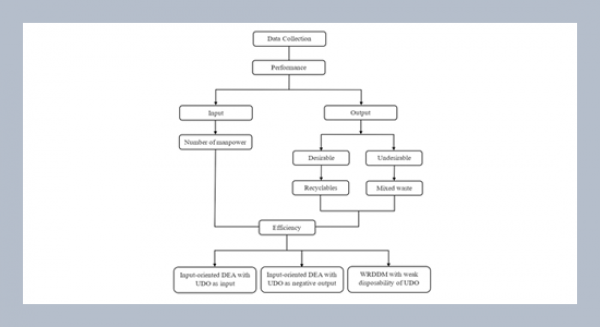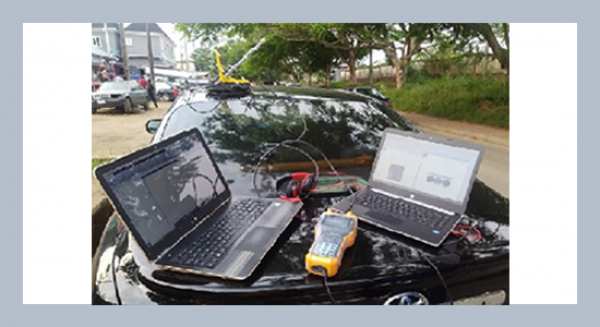G. Santosh Kumara, Ch. V. Subbarao1, a, and P. Kingb a Department of Chemical Engineering, MVGR College of Engineering, Chintalavalasa- 535005 Vizianagaram, Andhra Pradesh, India.
b Pollution Control Engineering laboratory, Department of Chemical Engineering, College of Engineering, Andhra University, Visakhapatnam.
Download Citation:
|
Download PDF
Based on integral balances, mathematical equation for efflux time during gravity draining of a Newtonian liquid (below its bubble point) from a large open cylindrical storage tank (Where the flow in the storage tank is essentially laminar) through two exit pipes of same diameter located at the bottom of the vessel (The flow is assumed to be turbulent in each of the exit pipes) is developed. The equation is ultimately simplified and written in dimensionless form. The equation will be of use for arriving at the minimum time required for draining the contents of a cylindrical storage vessel through two exit pipe. The equation is verified with the experimental data. A maximum deviation of 19% and an average deviation of 16% are observed. The effect of initial height of liquid on Reynolds’ number is also established. It is shown that while draining a liquid from the cylindrical storage tank through exit pipe system, Froude number remains constant.ABSTRACT
Keywords:
Efflux time; Newtonian liquid; open storage tank; minimum time
Share this article with your colleagues
REFERENCES
ARTICLE INFORMATION
Accepted:
2011-10-09
Available Online:
2011-10-09
Kumar, G.S., Subbarao, Ch.V., King, P. 2011. Efflux time for two exit pipe system. International Journal of Applied Science and Engineering, 9, 277–286. https://doi.org/10.6703/IJASE.2011.9(4).277
Cite this article:















